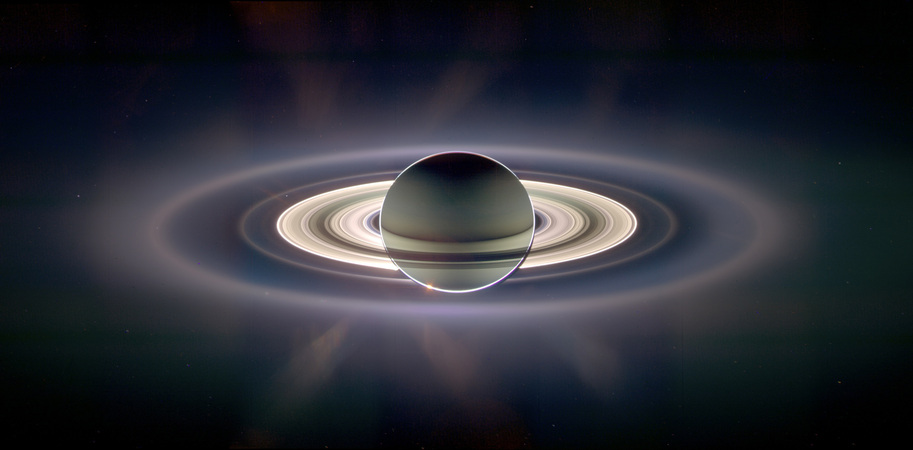Big Bang Nucleosynthesis
The origin of the stuff from which the Universe is made has been of
interest for many centuries. In recent scientific history several
possible scenarios for the origin of the 92 natural elements, consistent
with Hubble’s observation
of an expanding Universe, have been proposed. A steady-state theory in
which the Universe is eternal, elementary matter is spontaneously
created everywhere to maintain a uniform density, and stars convert this
to the
elements we see, was championed by Hoyle. An alternate theory,
supported by Gamow, postulated that all elementary matter was created in
a single primordial explosion, the so-called Big Bang, and that the
current state has evolved from there. Observational evidence has since
discounted Hoyle’s model by detecting artifacts of the Big Bang.
A key element of both these Universal models is a process called
nucleosynthesis. The specifics of this process were of relevance to
discounting Hoyle’s model. This essay addresses nucleosynthesis, its
role in the Universe, and the constraints placed on the conditions of
the Big Bang in order to match observational evidence.
Big Bang Nucleosynthesis Essay
PDF
Pulsar Timing
Pulsars are neutron stars, with massive magnetic fields and prodigious
spin rates, that emit pulses of energy with extreme regularity. They
were discovered in radio wavelengths by Jocelyn Bell in 1967. The
physics of pulsars is complex, however, from accurate measurement of the
pulse period and its rate of change some estimates may be made of the
underlying neutron star’s
age, magnetic field, and energy loss rate.
While many pulsars are visible at radio or optical wavelengths, some are dominated by X-ray emission. The study of astrophysical events in X-ray band requires high altitude or space-borne instruments because of the atmosphere’s opaque nature at these wavelengths. Consequently, it was not until the space age that the discovery and study of pulsars in X-ray wavelengths became possible. Among the notable X-ray capable spacecraft is the Rossi X-ray Timing Explorer (RXTE).
This project takes data from RXTE for two pulsars detected at X-ray
wavelengths and attempts to determine the key characteristics of the
objects.
Pulsar Timing Project
PDF
